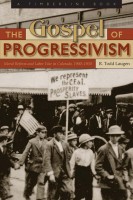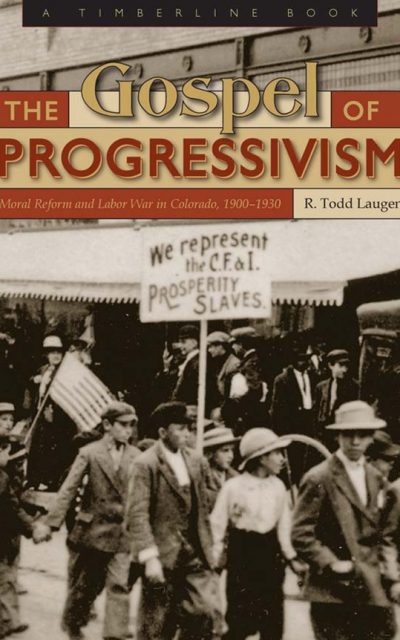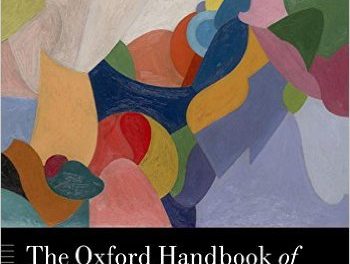 Author: R. Todd Laugen
Author: R. Todd Laugen
Publisher: University Press of Colorado
Book Review by: Sonu Chandiram
This book takes a look at the collective fight of a number of groups known as Progressives against political corruption and corporate supremacy over labor in the state of Colorado during the early twentieth century.
Colorado is the eighth largest state of the Union in area, with over 104,000 square miles.
Its 2012 estimated population per the United States Census Bureau was about 5.2 million, which was 22nd largest among all states. Colorado has a median household income of nearly $57,000. It is called the Centennial State because it was admitted to the Union in 1876.
The state’s capital is Denver, the main component of the metropolitan area of Denver-Aurora-Boulder, where roughly 3.2 million people lived in 12 counties as of July 2011. That made it the 17th largest metro area in the country.
To establish a socio-political historical perspective of the 1900-1930 period that this book
covers, the U.S. population passed 75 million at the turn of the century and the Gold Standard Act was passed in that year as well. Other major events of that year were the Boxer Rebellion and the Galveston Hurricane.
This work tells the story of that movement of the Progressives whose purpose was to bring about an honest and responsive government. For many years, their collective efforts were being undermined by party bosses and corporate lobbyists. The current situation in Colorado politics is much improved.
During that time, there were activist women, labor organizers, mediation experts, Protestant reformers and other activists who struggled to defend the public against special-interest groups having a stranglehold on Colorado politics.
The author of this book, R.Todd Laugen, an assistant professor of history at the Metropolitan State College of Denver, writes that leaders of the Progressive movement wanted to publicly expose the people who were behind selfish political acts and get them out of power. Also, labor leaders went against their bosses and curtailed their power by having the government protect the workers.
Among other actions, Laugen points out that women’s clubs appealed to other women as mothers and worked together for social welfare, economic justice and government responsiveness; Protestant church congregations built mass support for moral reform; and labor mediators were focused on preventing violence through talks between management and labor in corporations.
Laugen writes that the Progressives faced challenges in the 1920s from the White supremacist group Ku Klux Klan. He explains that the KKK ‘manipulated’ the rhetoric of Protestants, strengthened their position, and once in power, turned against leaders of the Progressives in the Colorado state government.
This book has been very well researched, with more than 30 pages of lists of articles, books and other materials that Laugen provides in his Notes section and a seven-page Index at the end of the book. Very well written, he provides deep insight in this book into the who, what, when, where, how and most especially the why of events during the three-decade 1900-1930 period of Colorado politics.
The book contains political cartoons taken from publications during that time which aid the reader in better understanding the mood and thoughts of people prevailing then. Laugen also provides links between Colorado and national politics as they relate to Progressivism. For example, what happened when Theodore Roosevelt, who was U.S. President from 1901 to 1909, left the Republican Party and formed the Progressive Party in 1912.
In short, this is a highly authoritative guide to the Progressive reformist movement in Colorado and the U.S.







